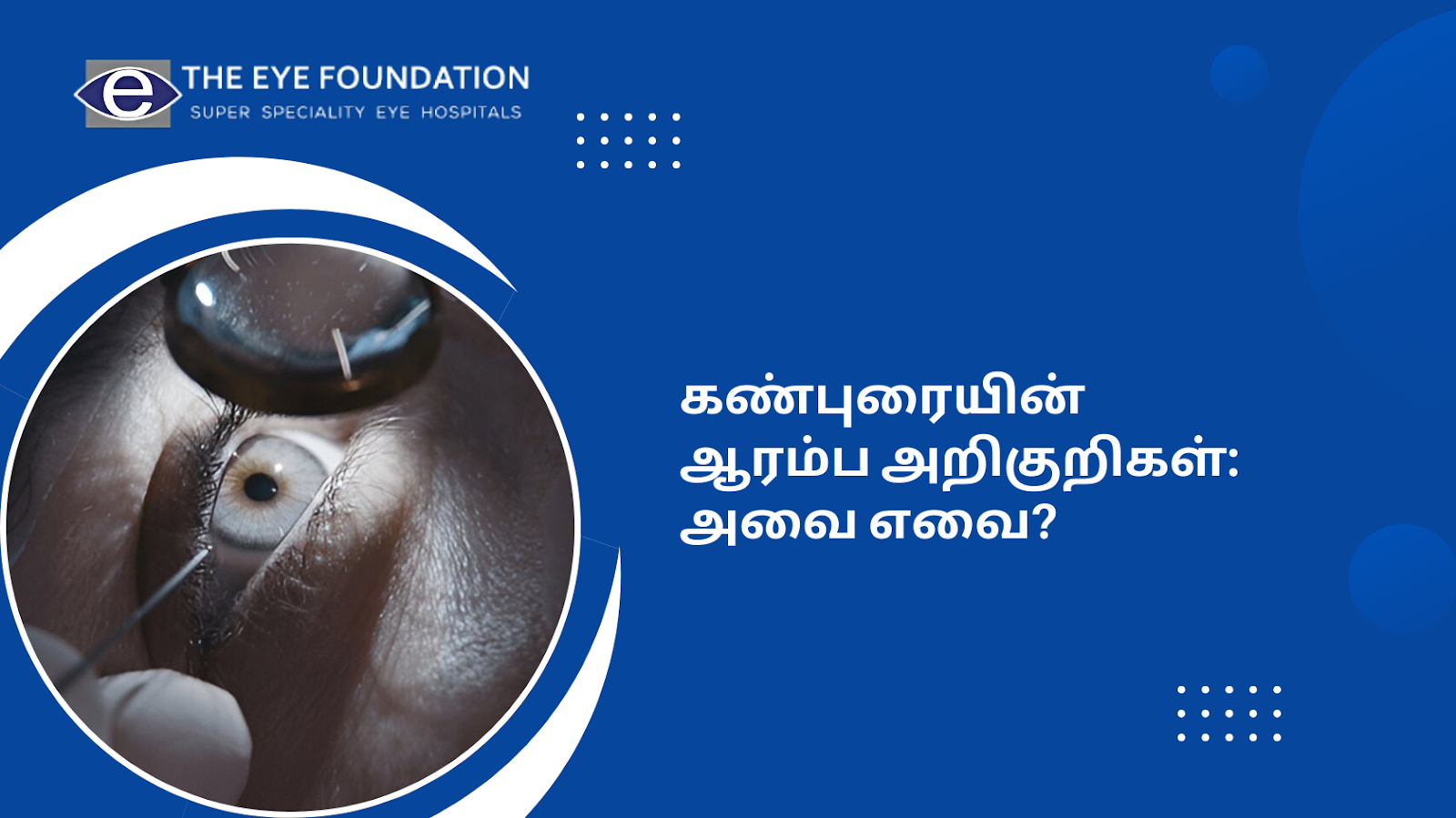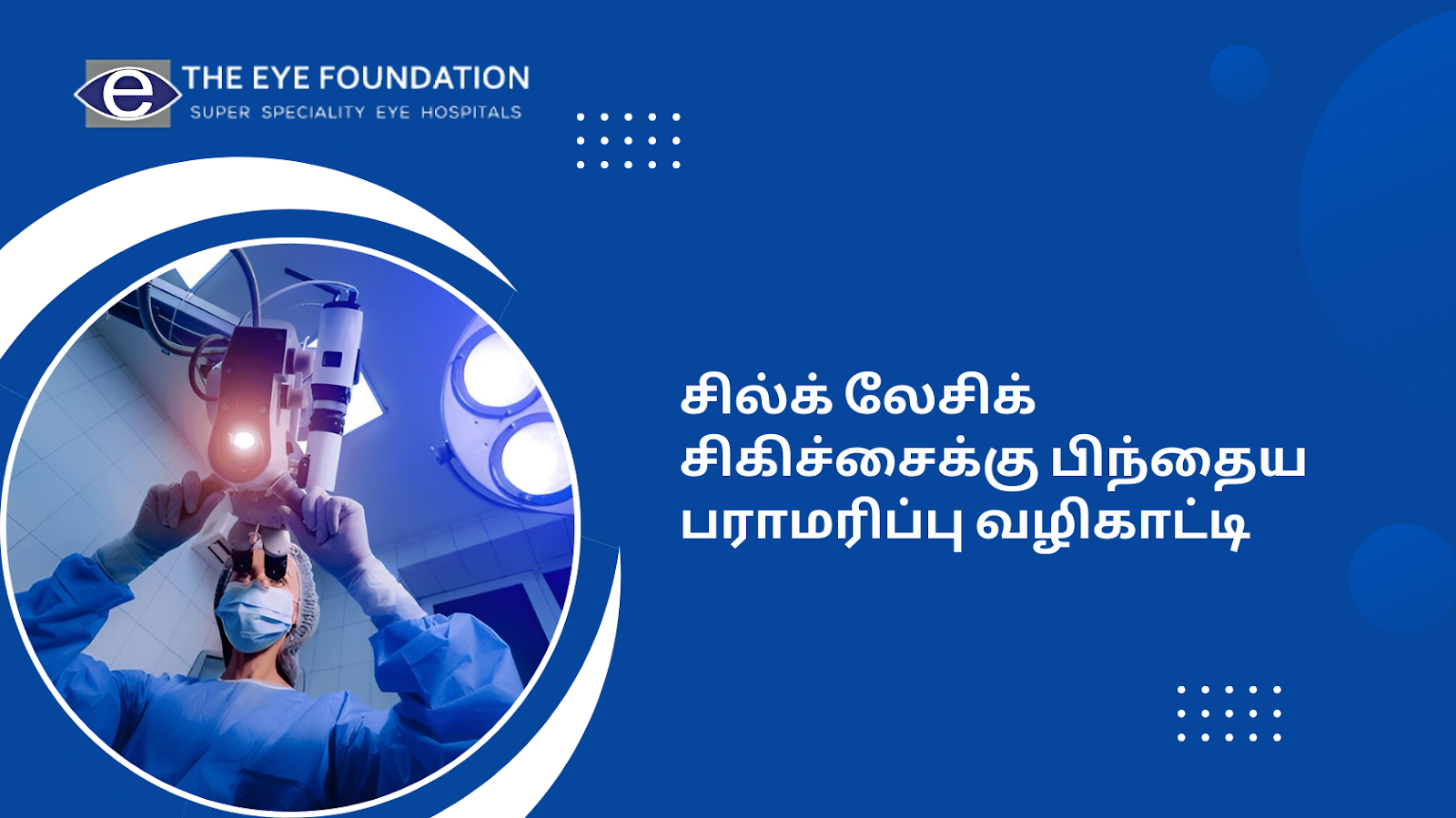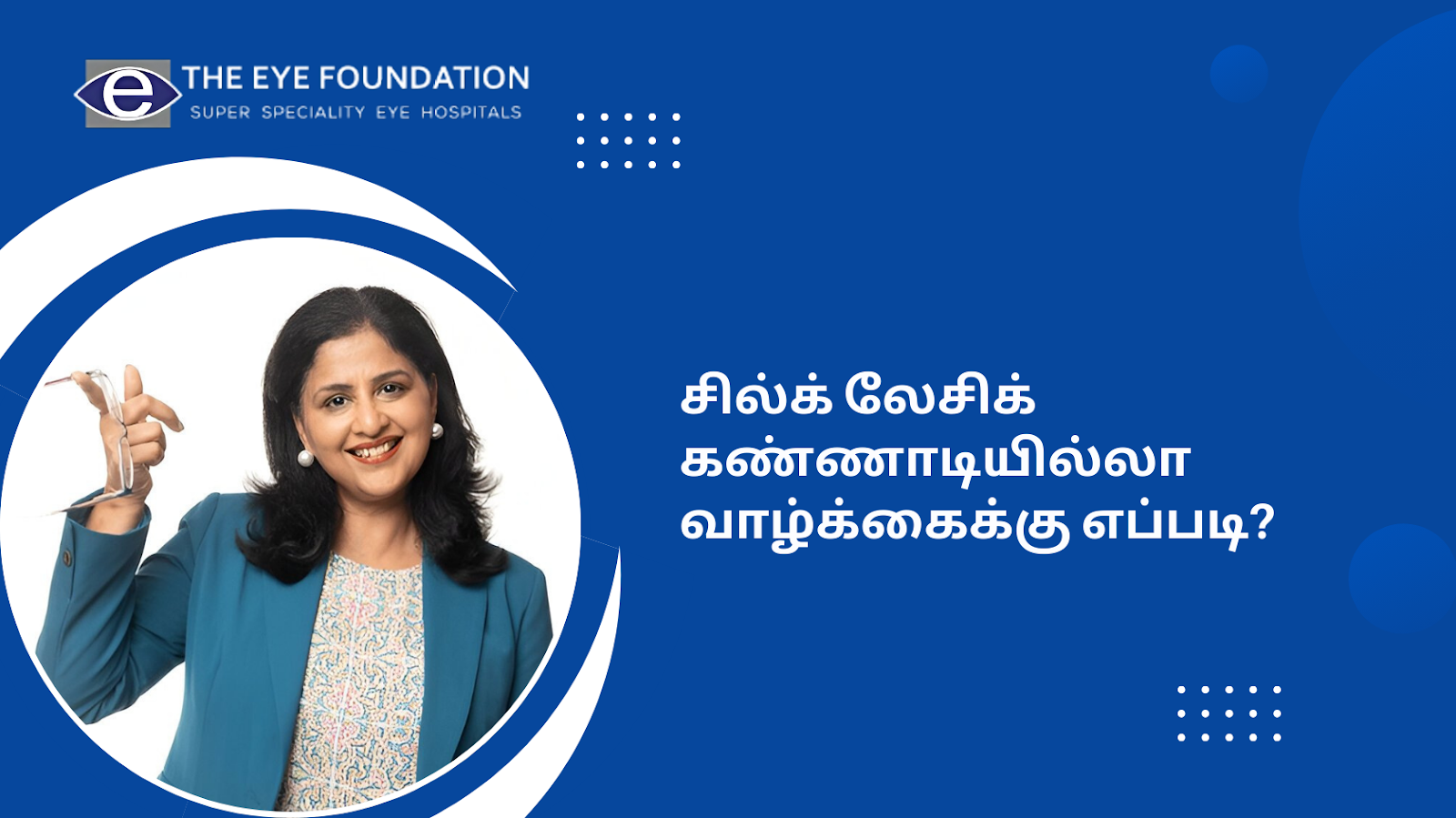Most individuals recognize that sunlight UV (ultraviolet) rays produce skin damage, yet they do not understand their influence on eye health. UV Protection for Eyes is crucial because your vision faces danger when you believe incorrect information about protecting your eyes from UV rays. The following section aims to resolve misunderstandings through essential facts and myths.
Understanding UV Rays and Eye Health
Sunlight contains invisible rays known as UV rays which inflicts damage to the human eye throughout years. Two distinct types of UV rays exist which harm eye health:
- UVA Rays: UV rays create deep penetration inside the eye leading to permanent damage that produces cataracts and macular degeneration.
- UVB Rays: UV rays produce powerful light that results in photokeratitis (a painful sunburn of the cornea) and similar immediate eye injuries.
Now, let’s dive into the common myths surrounding UV rays and eye protection.
Myth #1: UV Rays Only Affect the Eyes in Summer
Fact: UV rays exist throughout the entire year and penetrate through the clouds. The reflection of UV rays occurs from various surfaces including water and snow and sand which enhances the amount of radiation that reaches your body. The UV ray reflection rate from snow reaches 80% in wintertime which leads to double exposure levels. Wearing UV-blocking sunglasses needs to be a year-round practice for eye protection.
Myth #2: Only Direct Sunlight is Harmful
Fact: UV rays penetrate your eyes through multiple reflections. UV rays reflect from buildings, roads, and reflective surfaces. Sunglasses equipped with UV-protective lenses should be worn even when you are standing under shade to protect your eyes effectively. Your eyes remain exposed to UV rays even while sitting under an umbrella at the beach because UV rays reflect off the beach sand and water. UV Protection for Eyes should be practiced in all environments.
Myth #3: Darker Sunglasses Offer More UV Protection
Fact: The level of lens darkness does not measure how well the sunglasses protect against UV rays. Before purchasing sunglasses, always verify their UV protection by checking for 100% UV or UV400 labeling because some dark lense sunglasses do not offer any UV protection. This can be dangerous since your pupils expand in dark conditions allowing higher amounts of UV rays to enter your eyes. The protective feature ensures the sunglasses prevent both UVA and UVB rays from passing through.
Myth #4: UV Damage to the Eyes is Temporary
Fact: Your eyes will encounter immediate and prolonged harm from UV radiation exposure. Exposure to UV light for a short period can result in photokeratitis that produces symptoms of “sunburn of the eye” while causing temporary vision loss, pain, and redness. The combination of constant UV ray exposure results in serious eye conditions, including cataracts, macular degeneration, pterygium development, and eventually eye cancer formation. UV Protection for Eyes is necessary to guard against vision difficulties that may develop later.
Myth #5: Only Sunglasses Can Protect Your Eyes from UV Rays
Fact: Sunglasses function as protective equipment but they do not provide the sole defense for your eyes. A wide-brimmed hat serves as an extra defense against UV rays by blocking radiation that enters from above. UV-blocking contact lenses serve as protective eye accessories alongside other forms of sun protection. Protecting your eyes from UV rays becomes more effective when you spend time in shaded areas during the peak sun hours (10 AM - 4 PM). People who spend significant time under outdoor conditions should invest in polarized lenses that reduce glare.
The Right Way to Protect Your Eyes from UV Rays
The protection of your eyes from UV rays remains vital for sustaining lasting eye health. Here are some essential tips:
- Choose sunglasses which block both UVA and UVB rays 100% effectively. Choose high-quality lenses with UV400 protection.
- Choose sunglasses with wraparound design to block UV rays that enter from the sides of your eyes.
- People who use contact lenses should consider using UV-protective lenses when they need to wear their contacts.
- A wide-brimmed hat provides extra sun protection together with shade.
- Spend less time under direct sunlight particularly when the sun reaches its peak intensity.
- Pay close attention to reflective surfaces including water and sand and snow because they enhance your exposure to UV rays.
- Schedule routine eye examinations to confirm your eyes maintain good health and no UV damage exists.
Why Regular Eye Exams Matter
Regular visits to the eye doctor remain essential even when you practice UV Protection for Eyes habits. Eye diseases caused by UV rays show slow development since their symptoms are difficult to detect. Early warning signs of eye damage can be detected by an eye doctor, who will then provide preventive treatment recommendations.
Take Action to Protect Your Vision
Your eyes deserve absolute protection because they cannot be replaced so UV ray prevention must become your main concern. The combination of myth debunking and appropriate protective steps enables you to preserve your eyes' health and maintain your vision quality for the long term.
The Eye Foundation invites you to book your appointment for eye health evaluation and the best UV protection advice.






